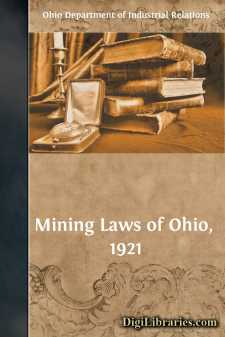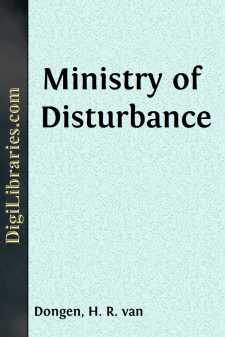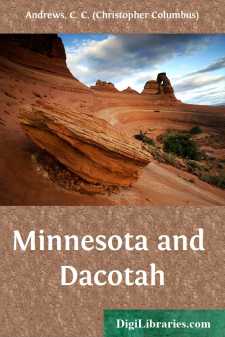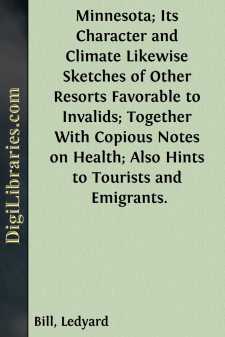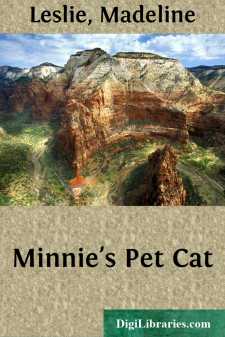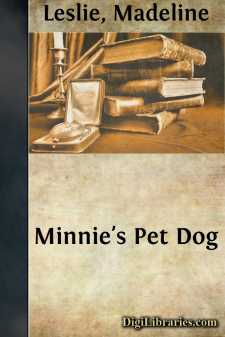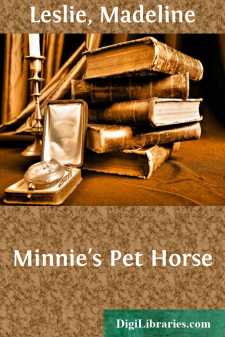Categories
- Antiques & Collectibles 13
- Architecture 36
- Art 48
- Bibles 22
- Biography & Autobiography 813
- Body, Mind & Spirit 142
- Business & Economics 28
- Children's Books 13
- Children's Fiction 10
- Computers 4
- Cooking 94
- Crafts & Hobbies 4
- Drama 346
- Education 46
- Family & Relationships 57
- Fiction 11828
- Games 19
- Gardening 17
- Health & Fitness 34
- History 1377
- House & Home 1
- Humor 147
- Juvenile Fiction 1873
- Juvenile Nonfiction 202
- Language Arts & Disciplines 88
- Law 16
- Literary Collections 686
- Literary Criticism 179
- Mathematics 13
- Medical 41
- Music 40
- Nature 179
- Non-Classifiable 1768
- Performing Arts 7
- Periodicals 1453
- Philosophy 64
- Photography 2
- Poetry 896
- Political Science 203
- Psychology 42
- Reference 154
- Religion 513
- Science 126
- Self-Help 84
- Social Science 81
- Sports & Recreation 34
- Study Aids 3
- Technology & Engineering 59
- Transportation 23
- Travel 463
- True Crime 29
Sort by:
RELATING TO CHIEF INSPECTOR OF MINES AND DISTRICT INSPECTORS OF MINES. Mining Laws of Ohio Sec. 898. Repealed. (Appointment of chief.) Sec. 899. [Qualifications of chief inspector of mines.] No person shall be appointed chief inspector of mines unless he has a competent knowledge, insofar as such sciences relate to mining, of chemistry, the mineralogy and geology of this state, a practical knowledge of...
more...
by:
H. R. van Dongen
Sometimes getting a job is harder than the job after you get it—and sometimes getting out of a job is harder than either! The symphony was ending, the final triumphant pæan soaring up and up, beyond the limit of audibility. For a moment, after the last notes had gone away, Paul sat motionless, as though some part of him had followed. Then he roused himself and finished his coffee and cigarette,...
more...
CHAPTER I.GENERAL INFORMATION. Mink are found in nearly all parts of America living along creeks, rivers, lakes and ponds. While strictly speaking they are not a water animal, yet their traveling for food and otherwise is mainly near the water, so that the trapper finds this the best place to set his traps. The mink is fond of fish, rabbit, squirrel, birds, mice, etc. In some sections they eat muskrat,...
more...
INTRODUCTORY NOTE Gotthold Ephraim Lessing was born at Kamenz, Germany, January 22, 1729, the son of a Lutheran minister. He was educated at Meissen and Leipzic, and began writing for the stage before he was twenty. In 1748 he went to Berlin, where he met Voltaire and for a time was powerfully influenced by him. The most important product of this period was his tragedy of "Miss Sara Samson," a...
more...
ST. CLOUD TO ST. PAUL. Importance of starting early— Judge Story's theory of early rising— Rustic scenery— Horses and mules— Surveyors— Humboldt— Baked fish— Getting off the track— Burning of hay stacks— Supper at St. Anthony— Arrival at the Fuller House. ST. PAUL, October, 1856. I WAS up by the gray dawn of the morning of yesterday, and after an early but excellent breakfast,...
more...
by:
Ledyard Bill
INTRODUCTORY CHAPTER. LEADING CHARACTERISTICS OF THE STATE. The water system of the Stare.—Its pure atmosphere.—Violations of hygienic laws.—A mixed population.—General features of the country.—Intelligence of the population.—The bountiful harvests.—Geographical advantages. The interest attaching to the State of Minnesota, as compared with other of the Western States, is two-fold. While...
more...
by:
Madeline Leslie
CHAPTER I.THE LOVING PUSS. Fidelle, Minnie’s second pet, was a beautiful tortoise-shell cat. She was an elegant creature. Her fur was of moderate length, of pure black, white, and reddish orange. Her eyes were large, bright, and affectionate in expression. Her form was delicate, and her motions active. In character, she was the most attached, graceful little puss I ever knew. The moment Fidelle heard...
more...
by:
Madeline Leslie
CHAPTER I.TINEY AND LEO. I have given an account of Minnie’s pet parrot, and of Minnie’s pet cat. In this volume I shall give the reader an account of her pet dog, Tiney, with anecdotes of other dogs. Tiney was a spaniel. He had long, pendent ears, black, expressive eyes, a short, well-rounded mouth, and long, silky hair. He was an affectionate little fellow, who attached himself to every body in...
more...
by:
Madeline Leslie
CHAPTER I.THE HORSE AND THE DOG. In the other books of this little series, I have told you about Minnie’s pet parrot, her pet cat, and her pet dog. In this one, I shall give you an account of her pet pony, and also tell you anecdotes of other horses. Star was the name she gave her Shetland pony, I suppose because he had a white star on his forehead, which showed very distinctly from the contrast with...
more...
by:
Madeline Leslie
NANNIE AND THE PONY. In another book, about Minnie’s pet pony, I have already given you some account of Nannie, her pet lamb. This had all the peculiarities of the South Down, to which breed of sheep it belonged. It had full, bright, black eyes, a small head, and a brownish-gray face and legs. Its back was straight and wide, and covered with fine, short wool, which protected it from the cold. When...
more...


